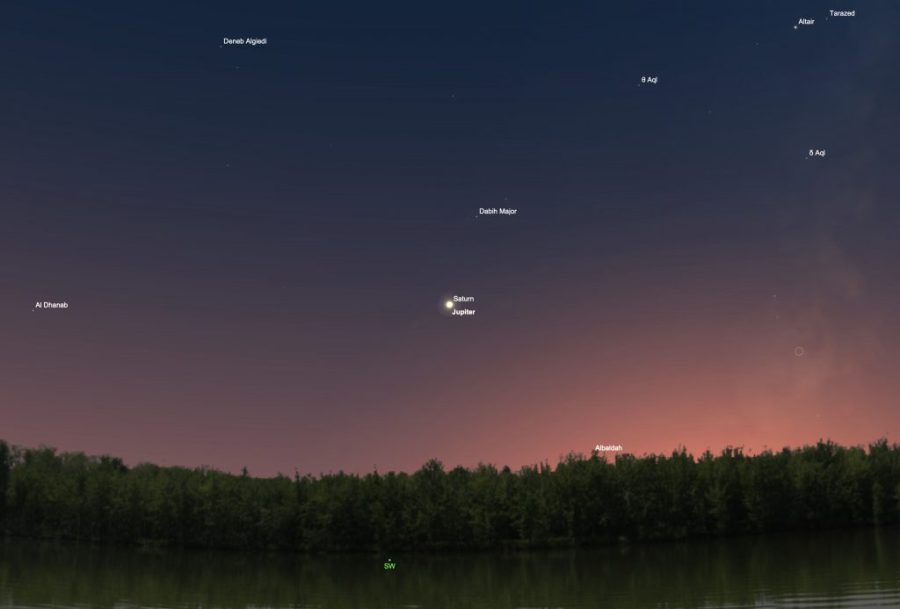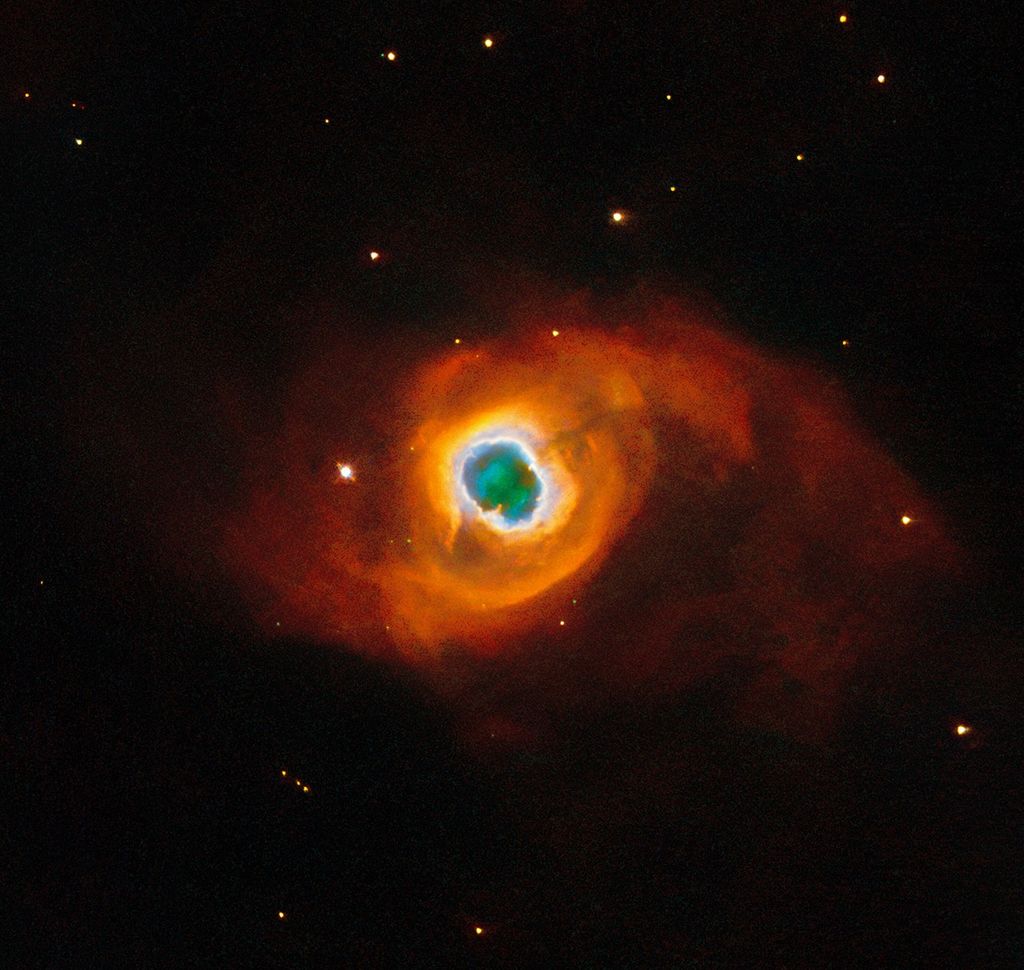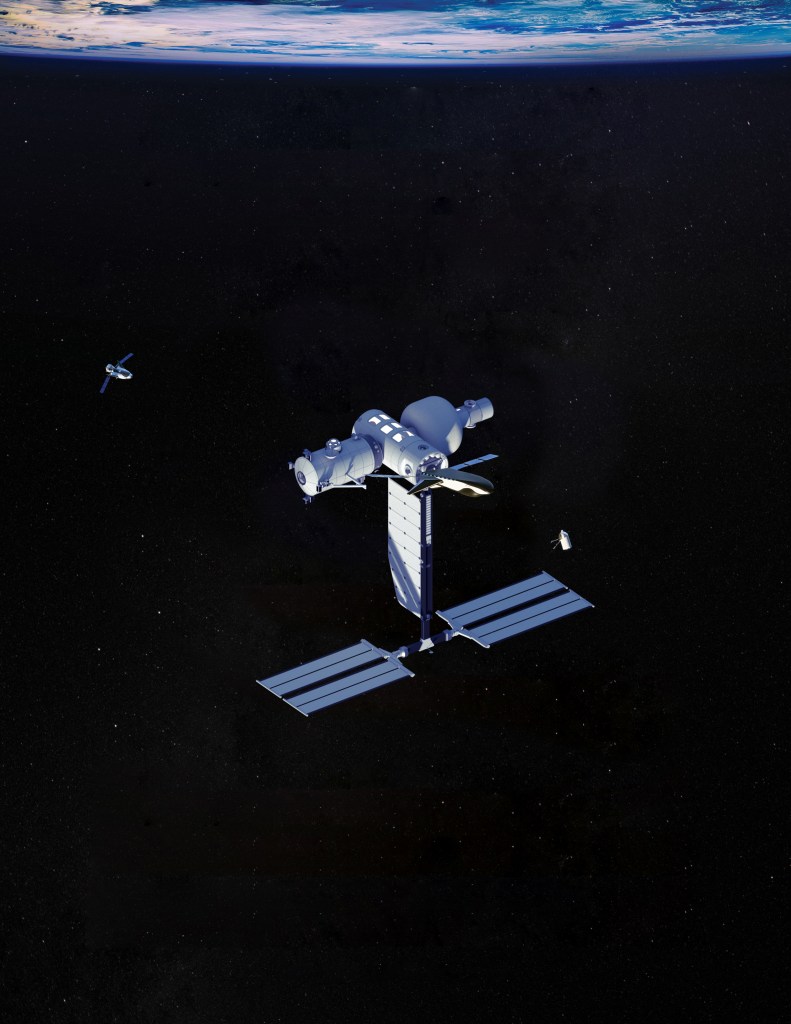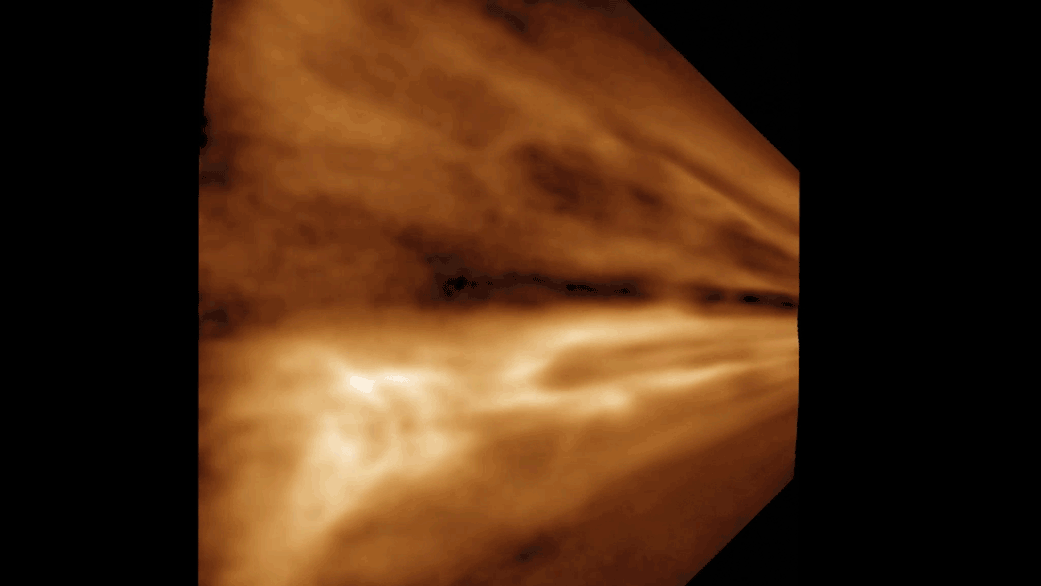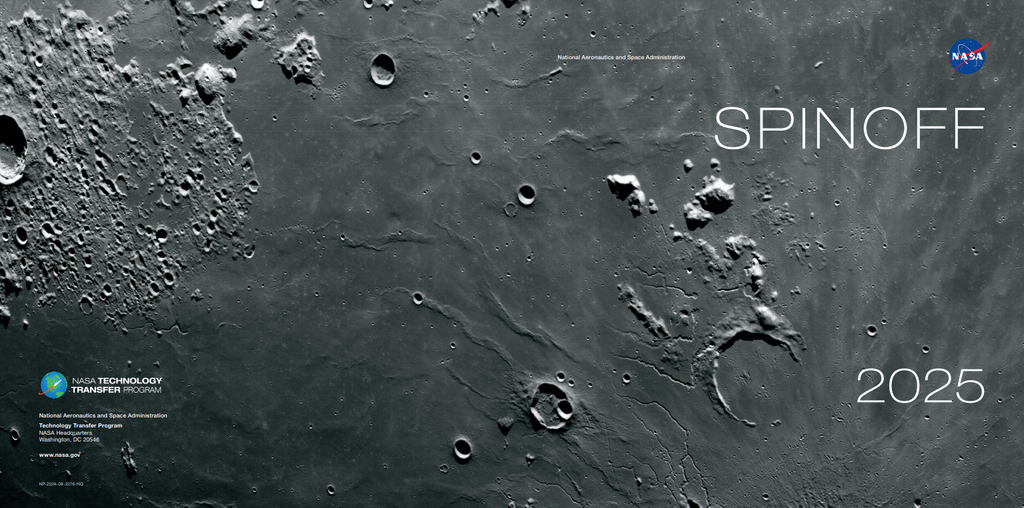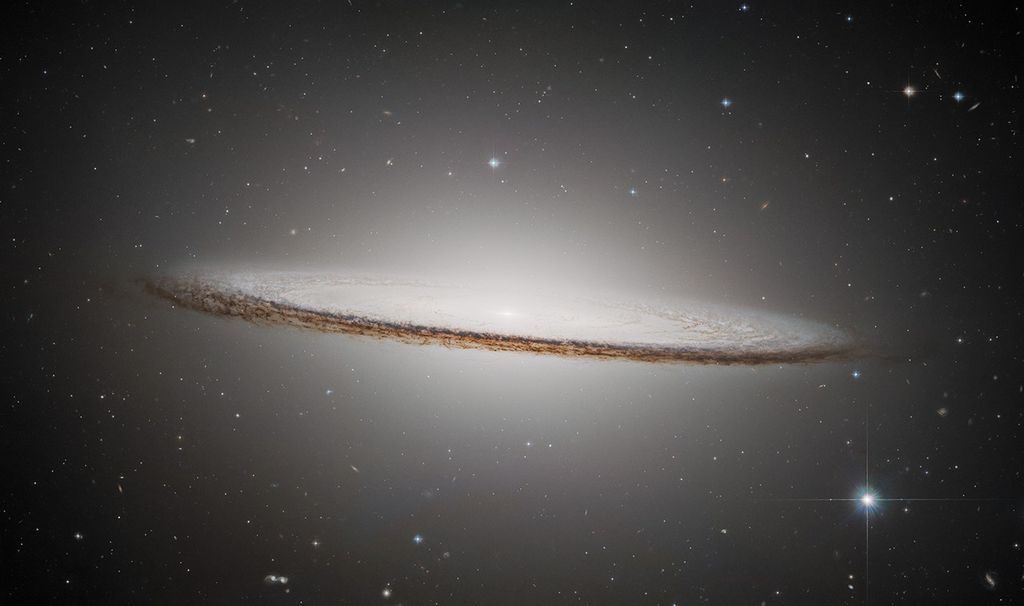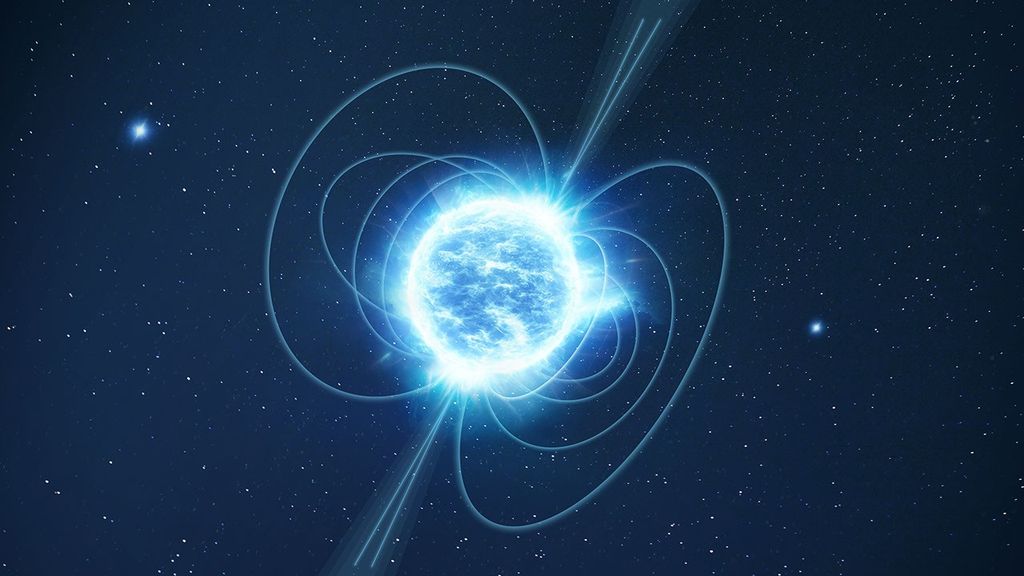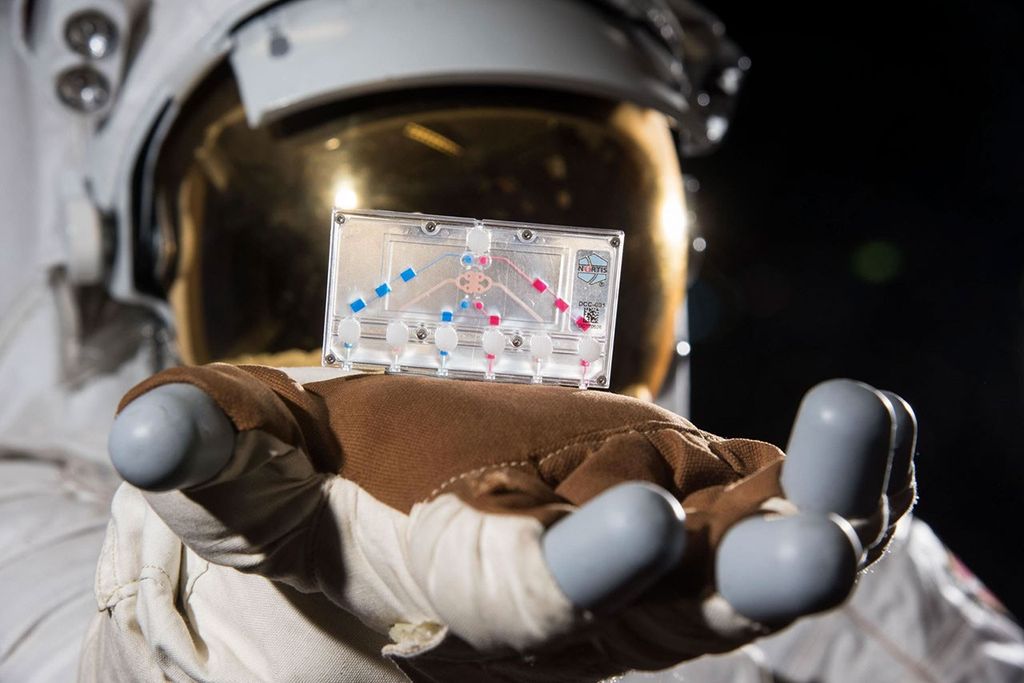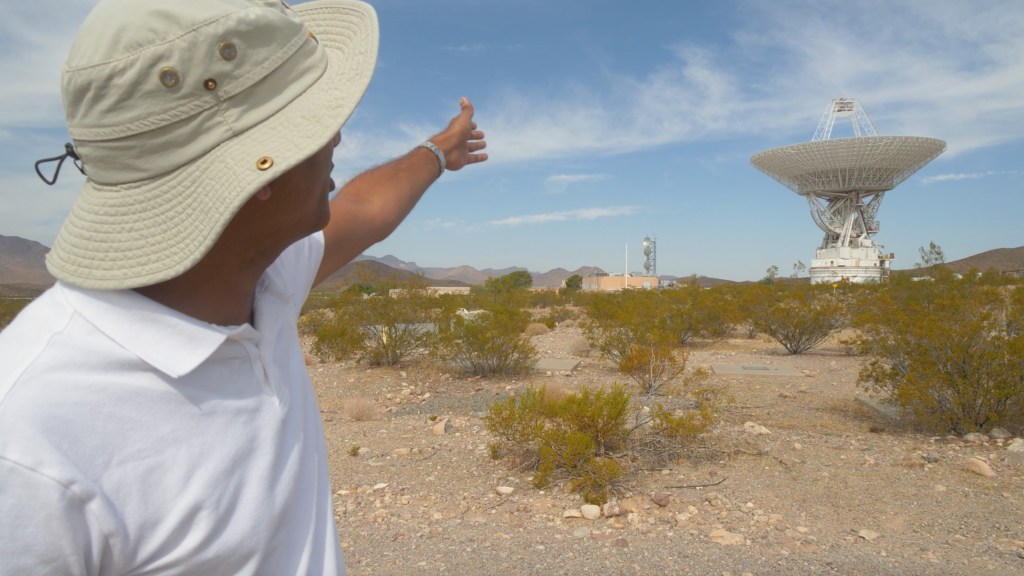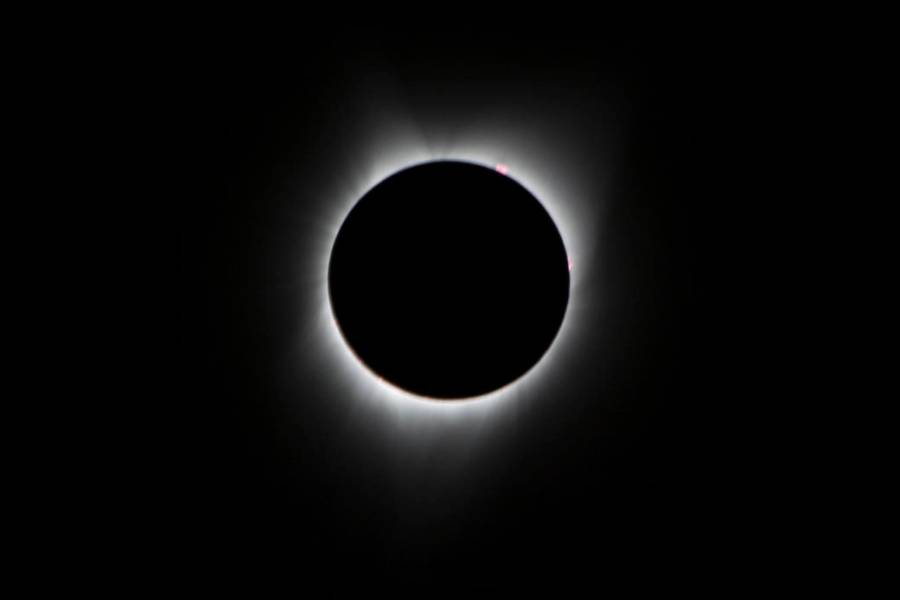by Lance D. Davis Stargazers get ready for a nice treat as we are about to witness a super-rare planetary alignment not seen for almost 800 years! Our solar system’s two biggest worlds – the mighty Jupiter followed by the glorious ringed Saturn – will appear in the sky next to each other at their …
Jupiter-Saturn Great Conjunction: Watch Best View Since Middle Ages!
